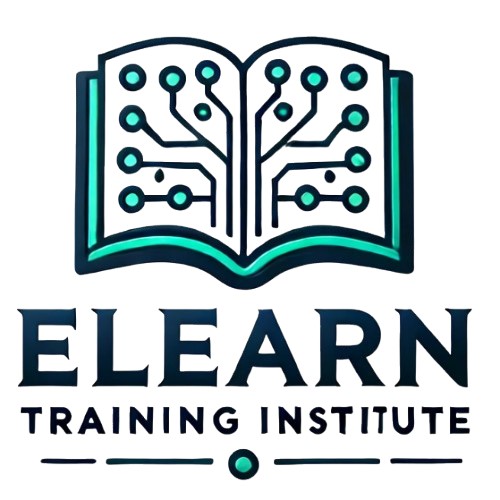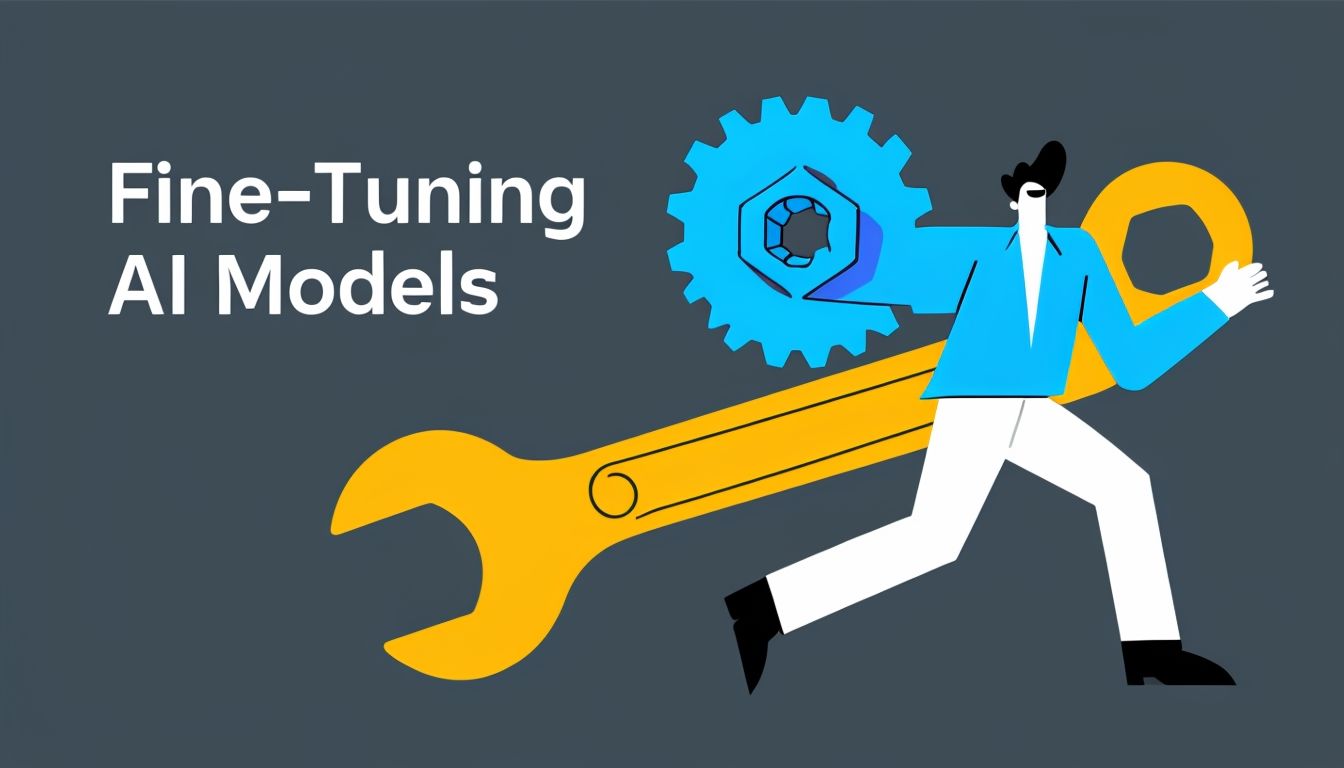Course Overview
Overview of LLaMA’s Pre-training and Fine-tuning Processes.
- Pre-training: LLaMA, like most large language models, undergoes a pre-training phase before it can be fine-tuned for specific tasks. During this phase, LLaMA is trained on vast amounts of text data using causal language modeling. This means it learns to predict the next word in a sequence, based on the words that came before it. The model is exposed to a wide variety of topics and languages, allowing it to develop a broad understanding of language.Key aspects of pre-training:
- Data: LLaMA is pre-trained on large and diverse datasets (such as books, websites, research papers).
- Objective: The model learns to predict the next token in a sequence, thereby developing general language skills, such as grammar, syntax, and context.
- Fine-tuning: After pre-training, LLaMA can be fine-tuned on specific datasets to optimize its performance for particular tasks, such as text classification, translation, or summarization. Fine-tuning involves further training on a smaller, domain-specific dataset, allowing the model to specialize in those areas while retaining its general language knowledge.Key aspects of fine-tuning:
- Datasets: Domain-specific datasets, like customer reviews, medical text, or legal documents, help the model specialize.
- Training Process: Fine-tuning typically involves adjusting the model’s weights based on the new data, using a smaller learning rate to avoid overfitting.
2. Techniques for Fine-Tuning LLaMA for Specific Tasks
There are several techniques used to fine-tune LLaMA, depending on the task at hand. Below are some common approaches:
- Task-Specific Datasets: To fine-tune LLaMA, you need labeled data for the target task (e.g., sentiment analysis, summarization). This data should be processed and formatted to fit the task’s needs (e.g., question-answer pairs for QA tasks).
- Supervised Fine-Tuning: This involves using a labeled dataset where the model learns to map input texts to the corresponding output labels. For example, for text classification, the model learns to assign labels (like “positive” or “negative”) to input sentences.
- Prompt Engineering: For tasks like text generation, the model can be fine-tuned by providing prompts that guide it to generate the desired type of text (e.g., news articles, creative stories). Prompts are crafted to give context or specify the style of writing.
- Regularization Techniques: Fine-tuning often involves techniques like dropout or weight decay to prevent overfitting on the smaller, task-specific dataset.
- Learning Rate Scheduling: During fine-tuning, the learning rate is typically reduced to ensure more stable training and avoid disrupting the model’s existing knowledge learned during pre-training.
3. Introduction to Transfer Learning with LLaMA
Transfer learning refers to the concept of taking a pre-trained model and adapting it to a new, but related, task. In the case of LLaMA, the general language knowledge it gains during pre-training can be transferred to various downstream tasks through fine-tuning.
- How Transfer Learning Works:
- Pre-train LLaMA on a large and general dataset (like common text from books, websites, etc.).
- Fine-tune LLaMA on a smaller, specialized dataset for a specific task (e.g., generating medical text or answering customer support queries).
- Leverage Knowledge: By transferring knowledge from the broad pre-training phase to the task-specific fine-tuning phase, LLaMA can perform well on the target task with less data and in less time than training from scratch.
- Benefits of Transfer Learning:
- Efficiency: It reduces the amount of data and time required for training.
- Generalization: It allows the model to generalize from large-scale training data to specific tasks, improving performance on tasks with limited data.
4. Hands-On Activity: Fine-Tuning LLaMA for a Text Generation Task
In this hands-on activity, you will fine-tune LLaMA for a text generation task. You will take a pre-trained LLaMA model and fine-tune it to generate creative writing (e.g., short stories or dialogue) using a smaller, task-specific dataset.
Steps:
- Prepare the Dataset: Choose a text dataset related to creative writing. This can include short stories, dialogues, or any type of creative content.
- Preprocess the Data: Clean the data (remove unnecessary characters, tokenize the text) to make it suitable for training.
- Set Up the Fine-Tuning Environment:
- Load the pre-trained LLaMA model.
- Set the fine-tuning parameters (e.g., learning rate, batch size).
- Train the Model: Fine-tune the LLaMA model on your dataset using supervised learning. Monitor the training process and adjust the learning rate if necessary.
- Generate Text: Once training is complete, test the model by providing it with a prompt, and observe the generated text. Assess its coherence and creativity.
- Evaluate: Compare the fine-tuned LLaMA model’s output with the original pre-trained model to see how much it has learned from the new dataset.
Goal: This activity will give you hands-on experience with the fine-tuning process, showing how LLaMA can be adapted to specific tasks, such as creative text generation.


